
Join 10k+ people to get notified about new posts, news and tips.
Do not worry we don't spam!
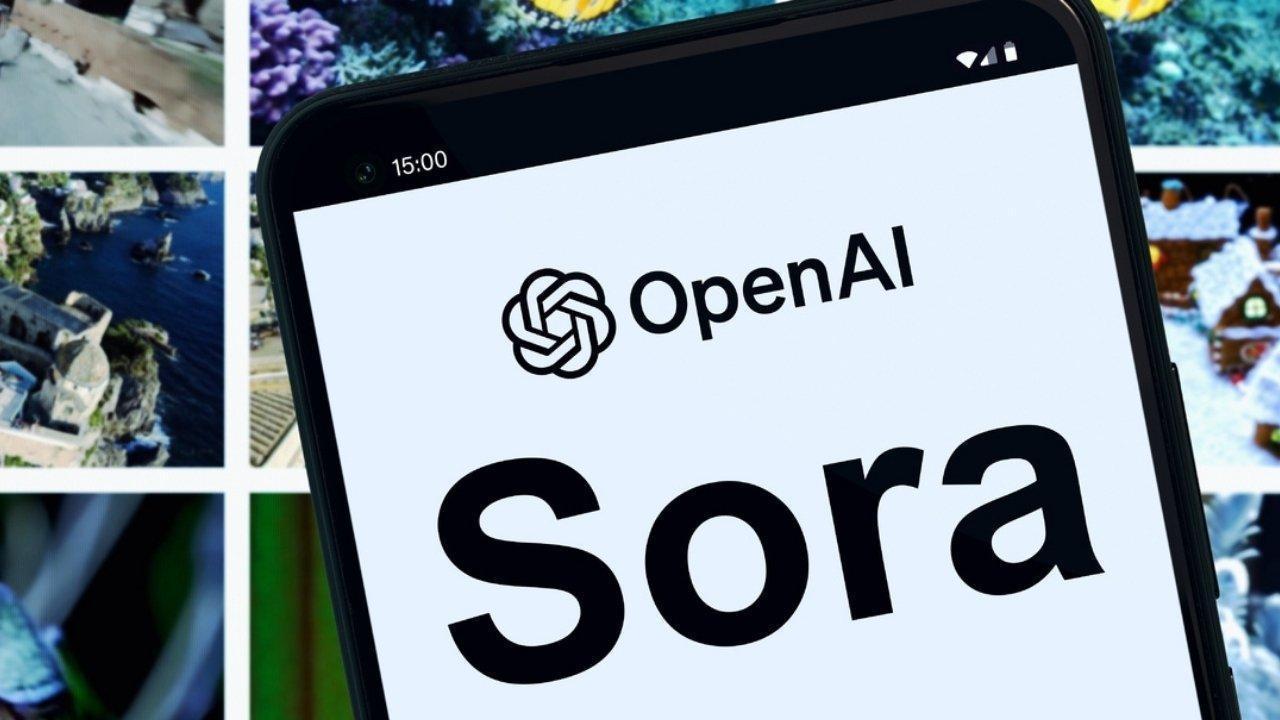
Post by : Anis Farhan
The evolution of AI-generated content has taken a giant leap with OpenAI’s latest model, Sora 2. This advanced platform allows creators to produce realistic, fully customizable video content in a fraction of the time previously required. With AI capable of generating lifelike visuals, animations, and even nuanced character performances, the line between human-driven and machine-generated content is blurring.
Sora 2 represents not just an incremental improvement, but a paradigm shift in how videos are conceptualized, created, and monetized. For independent filmmakers, marketers, and digital content creators, it opens doors to a world where budget constraints and technical limitations are dramatically reduced.
OpenAI’s Sora 2 introduces several features that set it apart from both traditional video production and earlier AI models:
Realistic Character Animation: Unlike previous models, Sora 2 can animate characters with lifelike facial expressions and movements, reducing the need for actors or motion-capture studios.
Dynamic Scene Generation: Users can generate complex environments, from bustling cityscapes to fantastical worlds, with adjustable lighting and perspectives.
Script-to-Screen Automation: Creators can input scripts, and Sora 2 interprets dialogues, actions, and scene transitions, producing coherent video content efficiently.
Enhanced Editing Tools: AI-assisted editing features allow for automated cutting, transitions, and even music synchronization.
Customizable AI Personas: Users can define voice, tone, and behavior for virtual characters, enabling fully interactive narratives.
These capabilities collectively transform the traditional video pipeline, offering creators unprecedented speed, flexibility, and cost efficiency.
For filmmakers, Sora 2 is more than a tool; it’s a collaborative partner. Indie creators can produce short films, animations, and promotional videos without large teams or expensive equipment. Beyond cost savings, the platform enables experimentation with new genres, virtual actors, and visual storytelling techniques previously impossible for small studios.
Brands are rapidly adopting AI-generated video content to reach audiences with personalized messaging. Sora 2 allows companies to create multiple versions of a commercial tailored to different demographics, languages, or regions without repeated production costs. Dynamic video generation ensures that marketing campaigns remain agile and responsive to market trends.
Sora 2 can generate realistic simulations for professional training, from corporate onboarding to medical procedures. By producing immersive educational videos, institutions can improve engagement and knowledge retention while minimizing physical resource requirements.
Content creators can leverage Sora 2 to produce high-quality videos for platforms like YouTube, TikTok, and Instagram. AI enables faster turnaround times, allowing creators to maintain consistent posting schedules and engage their audiences more effectively.
With advanced AI video creation comes complex ethical questions. Who owns content generated by AI? How do copyright laws apply to AI-created visuals and characters? As Sora 2 becomes widely adopted, creators must navigate emerging legal frameworks and industry standards to avoid disputes.
While Sora 2 can automate production, the essence of storytelling remains human. Creators must balance technological convenience with authentic narratives to ensure content resonates emotionally with viewers. AI can generate visuals, but human insight is necessary for crafting compelling stories.
Although Sora 2 is sophisticated, achieving perfect realism is still a challenge, especially for intricate human interactions or subtle emotional expressions. Continuous refinement of AI models is required to bridge these gaps.
Traditional filmmaking can cost millions, even for short projects. Sora 2 drastically reduces these expenses by automating processes that previously required specialized crews. Independent creators, educational institutions, and startups can now produce professional-grade videos without massive budgets.
The platform enables monetization in multiple ways: direct content sales, subscription-based access to AI-generated content, licensing for commercial campaigns, or creating personalized video experiences for consumers. For digital marketers, this represents a significant opportunity to scale content production while maintaining profitability.
As AI tools like Sora 2 become mainstream, the roles of traditional video editors, animators, and production staff may shift. While some jobs may decline, new opportunities in AI content management, creative direction, and model training will emerge. Industries must adapt to this changing landscape to maximize benefits.
OpenAI’s Sora 2 is not confined to large studios. Its cloud-based infrastructure allows creators worldwide to access the platform, regardless of location. This democratization of content creation fosters diversity in storytelling and increases representation of underrepresented cultures and narratives in global media.
Emerging markets stand to benefit significantly, as small studios and solo creators can now compete on a level playing field with established media companies. This has the potential to diversify global media ecosystems and reduce content homogenization.
Interactive Storytelling: Viewers will increasingly participate in choosing plotlines or character decisions in real time, creating immersive experiences.
Virtual Reality Integration: AI-generated videos integrated with VR could revolutionize gaming, training, and entertainment by creating fully immersive worlds.
Hyper-Personalized Content: AI can customize narratives, characters, and visuals for individual viewers, enhancing engagement and retention.
Sustainability in Production: By reducing physical sets, travel, and on-location filming, AI video creation promotes environmentally friendly production practices.
Cross-Platform Automation: Automated adaptation of videos for multiple formats and platforms will streamline distribution across social media, streaming services, and educational portals.
Several indie studios have already experimented with Sora 2 to produce short films. By automating complex visual effects and character animation, these filmmakers reduced production times from months to weeks, allowing for rapid experimentation with storytelling techniques.
Brands have used Sora 2 to produce multiple localized versions of promotional content. This approach not only saves production costs but also improves engagement by tailoring messaging to regional audiences.
Universities and online learning platforms have leveraged AI-generated simulations for interactive lessons. These videos improve student engagement and allow scalable, repeatable training modules without heavy investment in physical infrastructure.
While Sora 2 is transformative, it cannot replace the human element in storytelling. Creativity, emotional nuance, and cultural understanding remain essential for content that resonates. The most successful creators will be those who treat AI as a collaborator, not a replacement, leveraging its power to enhance rather than dictate artistic vision.
OpenAI’s Sora 2 is more than just a technological tool—it is a revolution in how video content is conceived, produced, and monetized. By providing creators with sophisticated automation, realistic visuals, and scalability, Sora 2 democratizes video production and unlocks opportunities across entertainment, marketing, education, and social media.
As adoption grows, ethical considerations, creative authenticity, and quality standards will guide the responsible use of AI in content creation. For those who embrace its capabilities while maintaining human storytelling expertise, Sora 2 offers a pathway to innovation, profitability, and global impact in video production.
This article is intended for informational purposes only. The discussion of OpenAI’s Sora 2, AI video tools, and industry trends reflects current knowledge as of 2025. Individual results and industry developments may vary. Users are encouraged to review licensing agreements, copyright laws, and ethical guidelines before using AI-generated video content.
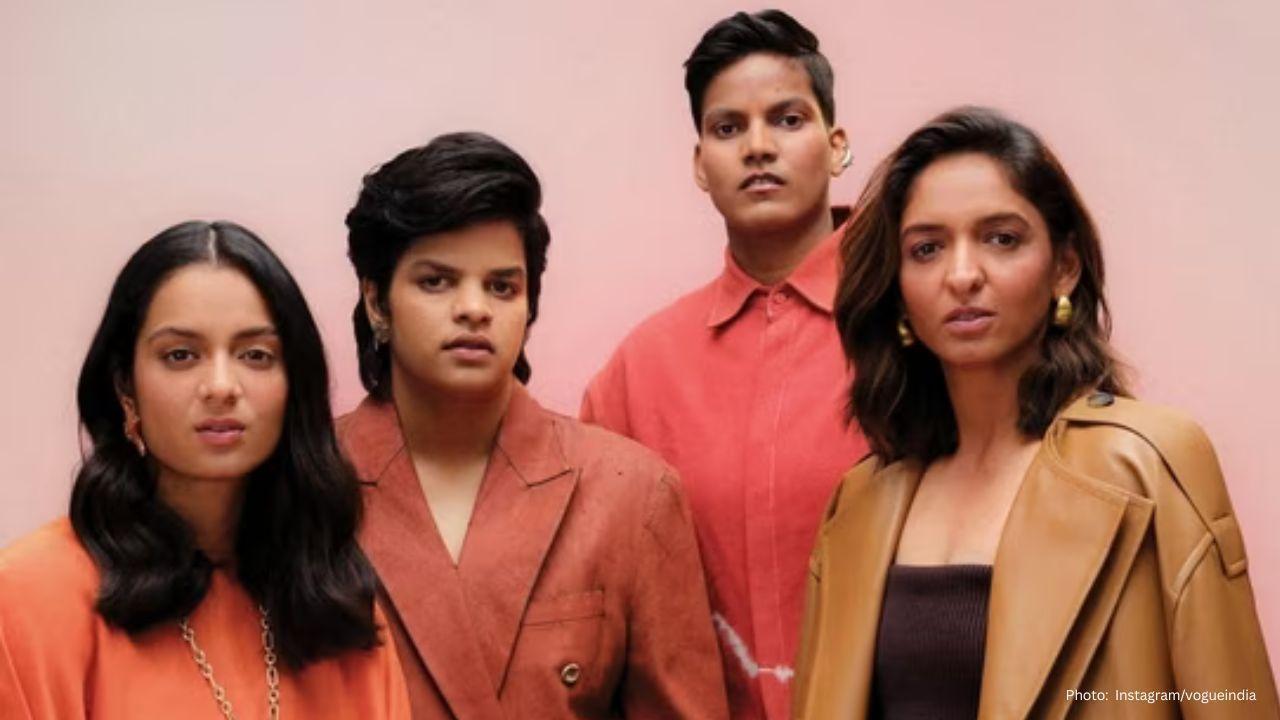




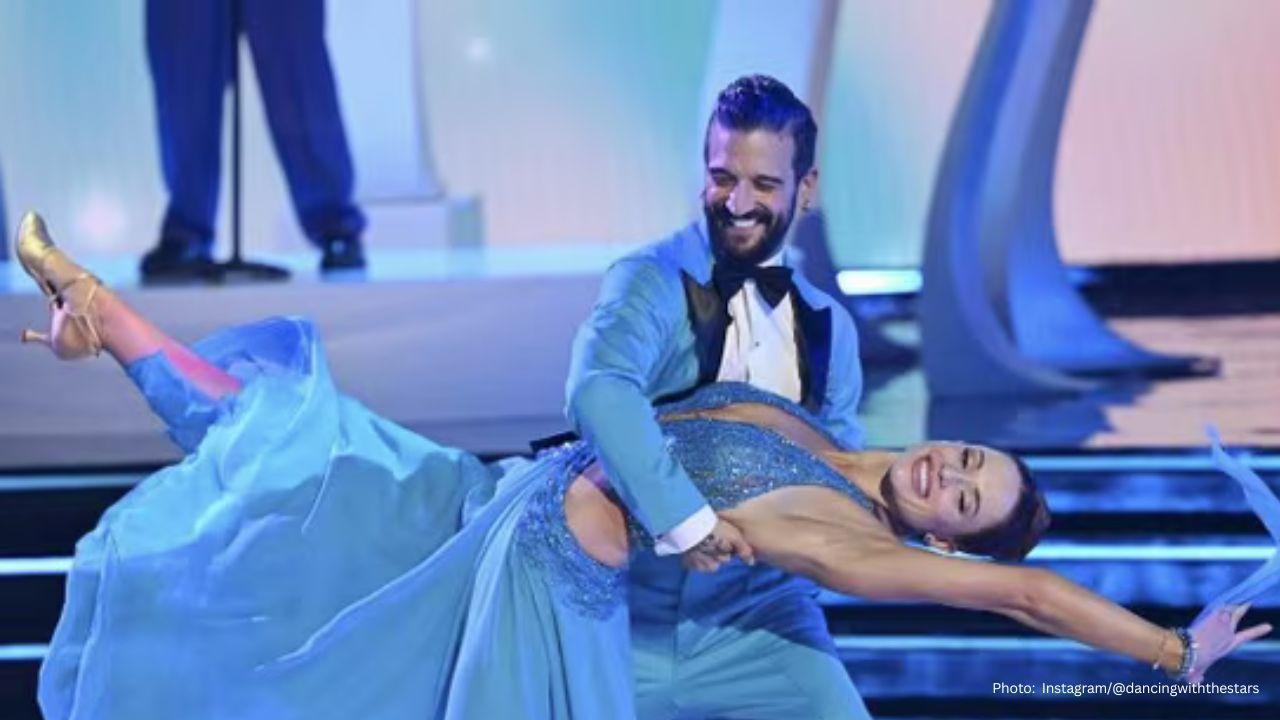

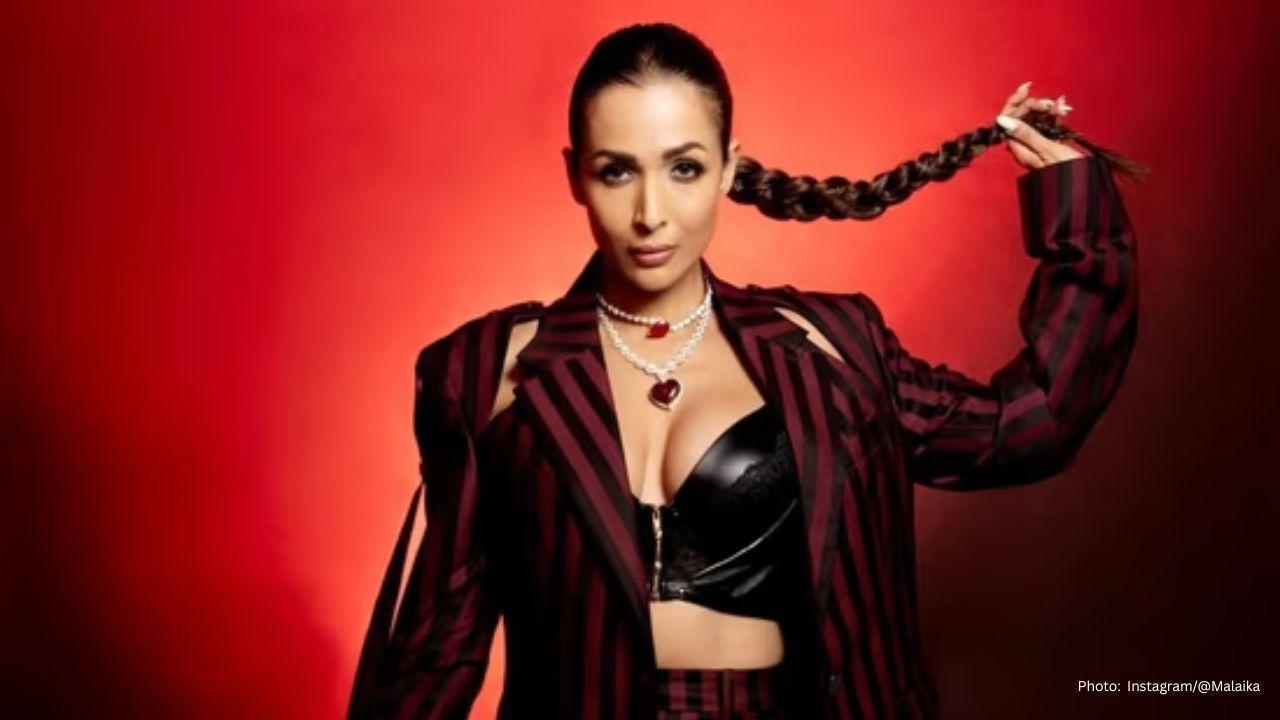

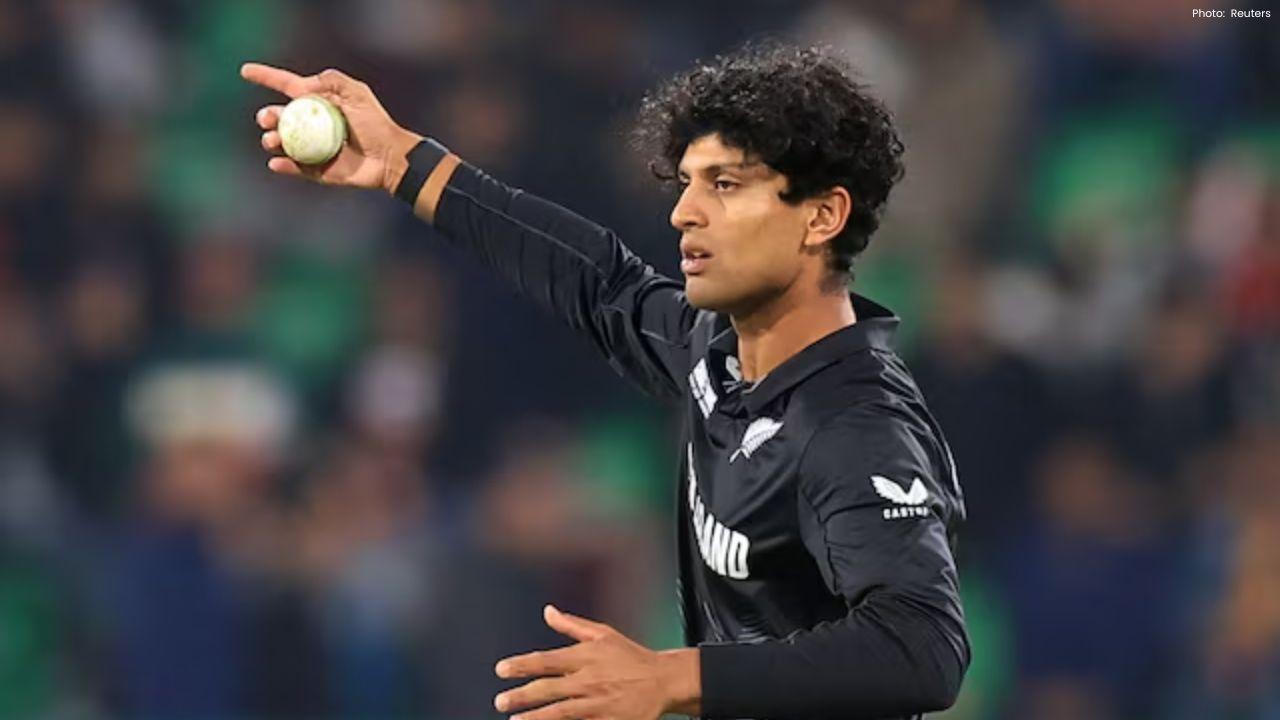
Conway Shines as New Zealand Edges Out West Indies in Napier
Devon Conway and Rachin Ravindra propel New Zealand to a five-wicket victory over West Indies, clinc

Ja'Marr Chase Faces One-Game Suspension Following Spitting Incident
Bengals' Ja'Marr Chase receives a one-game suspension after spitting on Jalen Ramsey; his appeal has

England Names 12-Man Squad for Opening Ashes Test in Perth
England reveals a 12-man squad for the first Ashes Test in Perth, featuring Shoaib Bashir and a pace

Roger Federer Inducted into Tennis Hall of Fame in Historic First Year
Tennis icon Roger Federer receives Hall of Fame recognition in his first year, alongside renowned co

Steve McClaren Steps Down as Jamaica’s Head Coach Following World Cup Qualifying Draw
After a crucial goalless draw with Curacao, Steve McClaren resigns as Jamaica's head coach, leaving

Daryl Mitchell Tops ICC ODI Rankings, Updates Released
Daryl Mitchell ascends to No.1 in the ICC ODI rankings, with boosts for players from New Zealand, In